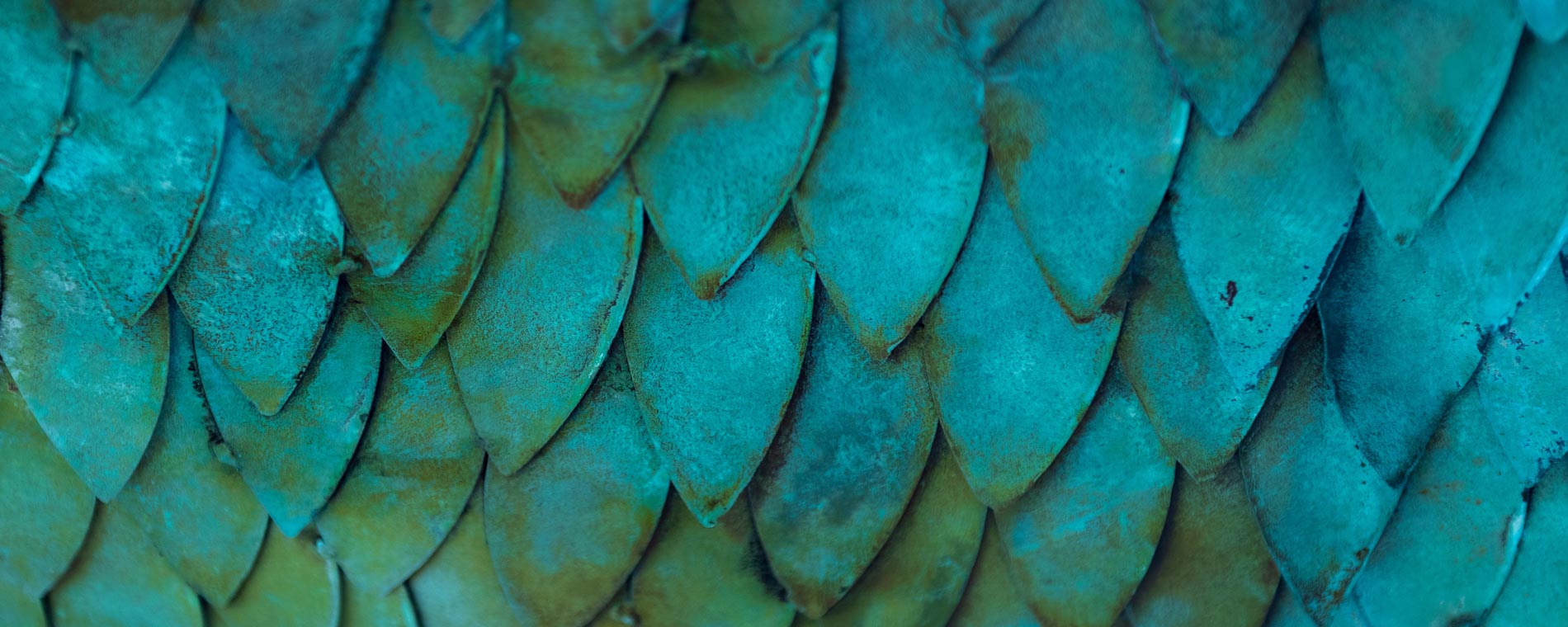Researchers with the Smithsonian’s National Museum of Natural History have discovered the first effective bacterial probiotic for treating and preventing stony coral tissue loss disease (SCTLD), a mysterious ailment that has devastated Florida’s coral reefs since 2014 and is rapidly spreading throughout the Caribbean.
Blake Ushijima, assistant professor in the Department of Biology and Marine Biology, is lead author of the study, which was published in Communications Biology.
“The outbreak of SCTLD is considered one of the most devastating coral disease outbreaks ever recorded,” Ushijima said. “This research is important because we are trying to develop more tools for managers to deal with SCTLD. Right now, we are limited with what can be done to treat or prevent this disease, so this adds something new to the toolbox.”
The study explains how the probiotic treatment provides an alternative to the use of the broad-spectrum antibiotic amoxicillin, which has so far been the only proven treatment for stony coral tissue loss disease but which runs the risk of promoting antibiotic-resistant bacteria, which could eventually render it ineffective. Currently, there is no treatment that can prevent healthy corals from becoming infected.
SCTLD afflicts at least two dozen species of so-called “hard corals,” which provide essential habitat for innumerable fishes and marine animals of economic and intrinsic value while also helping to defend coastlines from storm damage.
Since its discovery, cases of SCTLD have been confirmed in at least 20 countries. Once a coral is infected, its colony of polyps can die within weeks.
“The goal is to improve our current treatment strategies to slow or stop the spread of this deadly disease before it can damage additional reefs,” said Ushijima, who was formerly a George Burch Fellow at the Smithsonian Marine Station at Fort Pierce, Florida, where the project first started.
“It just eats the coral tissue away,” said Valerie Paul, head scientist at the Smithsonian Marine Station and senior author of the study. “The living tissue sloughs off and what is left behind is just a white calcium carbonate skeleton.”
Though the precise cause of SCTLD is unknown, the research team concluded that the efficacy of antibiotics as a treatment suggested pathogenic bacteria were somehow involved in the progression of the disease.
The potential of this newly identified probiotic to help Florida’s embattled corals without the danger of inadvertently spawning antibiotic-resistant bacteria represents some urgently needed good news, Paul said. Further, “probiotics may also offer a method to protect corals from infection in the field as well,” said Ushijima.
“Between ocean acidification, coral bleaching, pollution and disease, there are a lot of ways to kill coral,” Paul said. “We need to do everything we can to help them so they don’t disappear.”
This interdisciplinary research is part of the Smithsonian’s new Ocean Science Center, which aims to consolidate the museum’s marine research expertise and vast collections into a collaborative center to expand understanding of the world’s oceans and enhance their conservation.
A collaborative effort between various researchers at UNCW, the Smithsonian Marine Station, the University of Florida and Oregon State University, the research was supported by funding from the Smithsonian, the Florida Department of Environmental Protection, the National Science Foundation, the National Oceanic and Atmospheric Administration and the National Institutes of Health.
The Ushijima Lab at UNCW focuses on coral disease and developing technologies to protect reefs, offering a variety of research opportunities to undergraduate and graduate students.
Learn more about Dr. Ushijima’s SCTLD research.
This article has the following tags: Research & Innovation myUNCW - Faculty & Staff


